

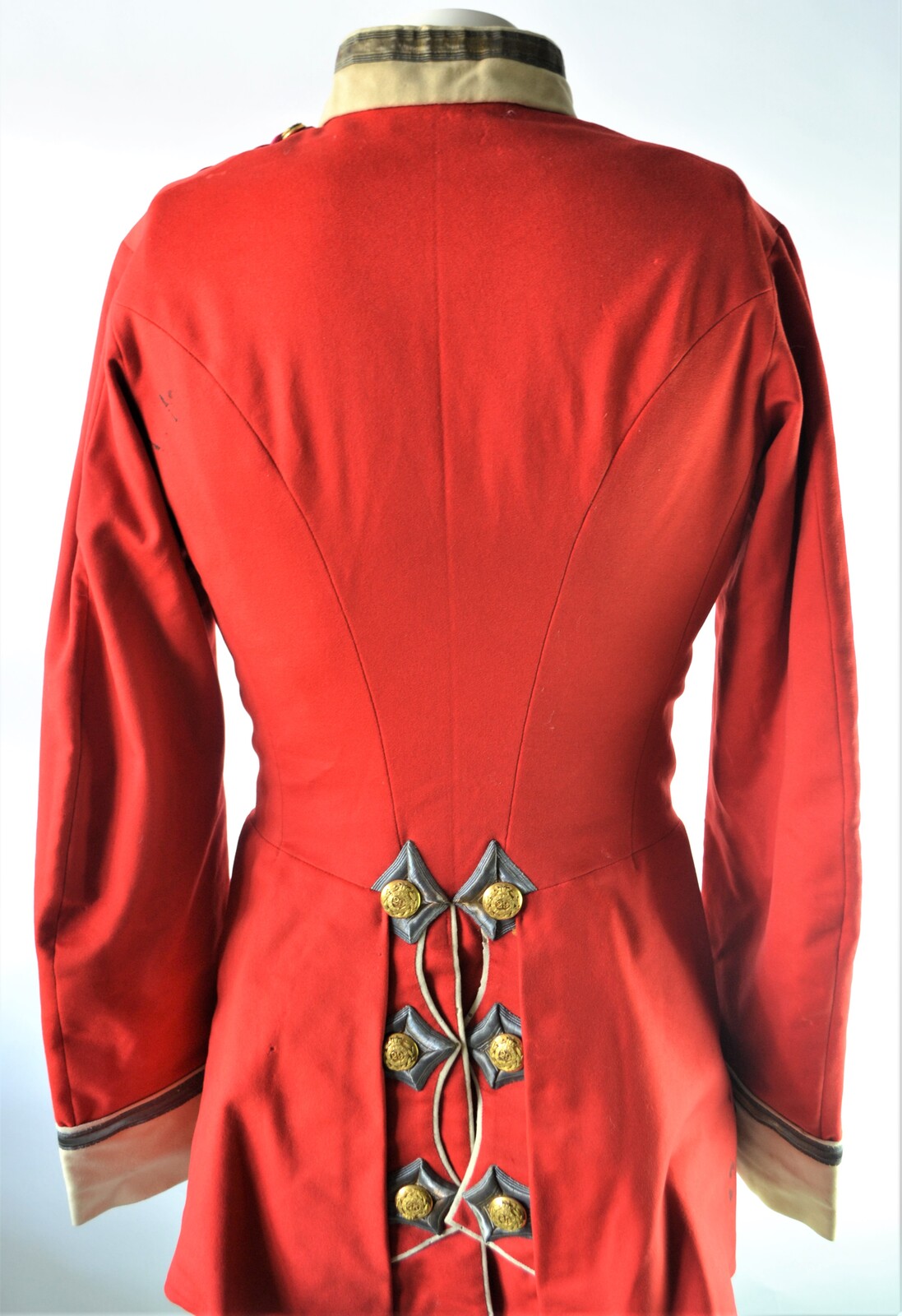
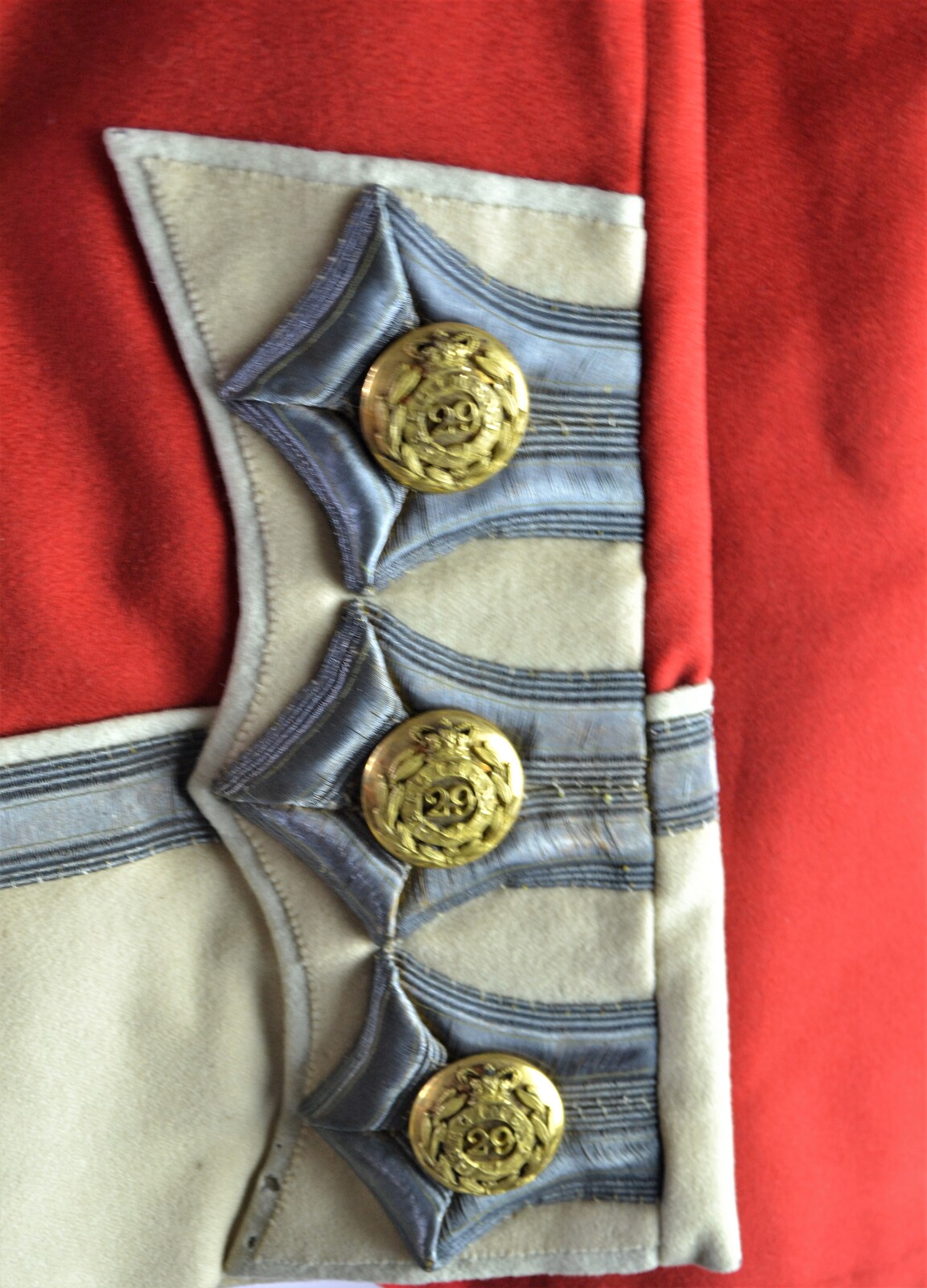
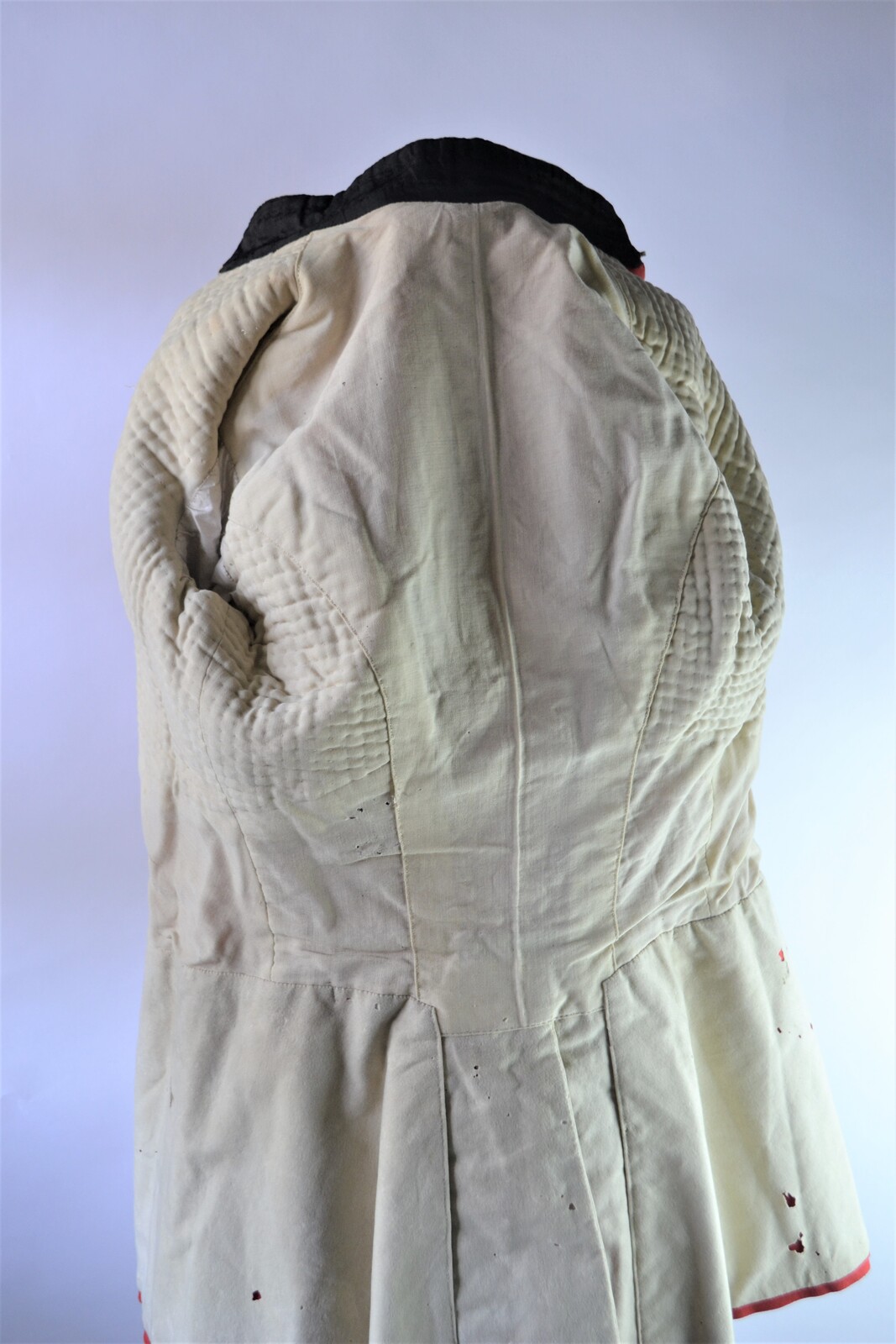

ID: 99
29th Bombay Native Infantry Lieutenant's Tunic
- Price: £600
- International buyers welcome — prices shown in GBP (£). Please enquire for equivalent USD ($) or EUR (€) rates.
There is no payment system built into this website. However, pressing the "reserve" button will prompt the seller to hold the item for one week, allowing for payment negotiation to be agreed upon and advise the selling party that a buyer is interested.
Please contact the Seller directly regarding postage.
International postage (including the United States) is available.
Description 🔉
For sale: An extremely rare 29th Bombay Native Infantry officers tunic. Given the number of officers in the regiment between 1856 and 1861, no more than eleven examples exist in the World.
Object:
This tunic dates between 1856-1860 as worn by a Lieutenant [Cuff lace and crown on collar] [Not Ensign or Sub Lieutenant] of the 29th Bombay Native Infantry. Army Lists state that the 1856 pattern tunic was authorized for use by Indian army officers between January 1856 to 1867 for those ?who are at the present without dress coatee?. By popular opinion this item of dress was believed to be a 29th Bengal or 29th Madras Native Infantry officers tunic. However, this belief can be dispelled due to the bulleted reasons below:
? The Bengal Native infantry who mutinied at Moradabad wore green facings [and later light blue after 1861] according to pictorial evidence and 1861 Bengal Army Lists.
? W.Y Carman asserts that the 29th Madras wore white facings on their dress tunics.
? 1861 Bombay Quarterly Army Lists assert that the 29th Bombay Native Infantry wore pale yellow facings on their dress tunics. After 1861, the 2nd Belooch battalion [29th Bombay Native Infantry] wore rifle green cloth with red facings.
The buttons bear the numeral ?29? and are without battle honours conforming with period documentation. On the buttons back the manufacturers name ?Jennens & Co? can be seen without the Prince of Wales?s Plume. This is significant as the Prince of Wales?s Plume was stamped on Jennens & Co buttons after 1860. Initially the tunics lace was believed to be silver however on closer inspection the silver lace was originally gilt in colour [Bombay Artillery, Engineers and Infantry Officers wore gold lace after 1832 except for the 4th Rifles ]. Although there is a possibility that the tunic could have been made after 1860 and the buttons before, this paper suggests that the tunic pre-dates 1860 as the 29th Bombay Native Infantry were reformed with different facings and uniforms during the re-organisation of 1861. [Although period Army Lists suggest that the 29th Bombay wore scarlet with light yellow facings in 1861, the Army Lists were typically 1 / 2 years out of date and better reflect the situation in 1859/60.] On the other hand, 1870 Army Lists [No digitised Bombay Army Lists exist between 1862-1869] argue that the 29th Bombay Native Infantry wore red facings suggesting that officers lost their scarlets in favour of greens.
Regiment:
The 29th Bombay Native Infantry was raised in January 1846 and disbanded in 1861. As a ?light infantry' force, Bombay regiments typically consisted of only a handful of officers at any given time. I.e, one lieutenant colonel, one major, four captains commanding divisions, one lieutenant [adjutant] and one lieutenant [quartermaster] and a few sub-lieutenants/ensigns. Although the regiment did not see significant service against the Bengals during the mutiny, it was active in Belgaum from the 27th of March 1854 until its redeployment to Dharwar on the 17th of January 1856. On the 9th of December 1857, the 29th was redeployed to Aden for a considerable period as to participate in the Anglo Persian War of 1857. Records are unclear but the 1860 Bombay Almanack suggests that the regiment earned the battle honour ?PERSIA? for its participation in the campaign. In 1861 as part of the reorganisation of the Indian army, the 2nd Belooch Battalion became the reformed 29th Bombay Native Infantry regiment. The new 29th Bombay N.I uniform saw significant service suppressing the Taiping Rebellion [1861], Yokohoma [Japan, 1863] and the guarding of a British legation, Abyssinia [1868], Second Afghan War and others.
Note:
A more detailed analysis of the above uniform and its owner can be provided in pdf on request.
Seller Details
VISIT SELLERS SHOPTAKE SHOP TOUR
- Business Name: Raven Yard Antiques Shop
- Name: Jan
- Email: Enquiries@raven-antiques.com
- Phone: 07454992481
- Website: https://raven-antiques.com
- Address:
- 21 Watergate, Whitchurch, Shropshire, UK.
- SY131DP
- Note:
- Raven Yard Antiques Shop is a family run business located in the picturesque part of Shropshire in the Roman town of Whitchurch. We have a diverse selection of rare and historic goods to choose from. Please browse our online store or else visit our shop to see some of our amazing items. Due to other engagements, we are unable to open on the 11th of December but will reopen the following day.
Legal Note
For antique firearms such as muskets and rifles, this item is offered strictly as a collectors’ piece. It is sold as a historic firearm for display or study purposes only, and not as a modern, live-firing weapon. Export, import, and ownership regulations vary by country; buyers are responsible for ensuring compliance with their local laws and confirming that they are not prohibited from ownership. In accordance with UK guidelines, the seller is required to verify the buyer’s identification and age prior to completion of the sale.
Newest Items.
SEE MORE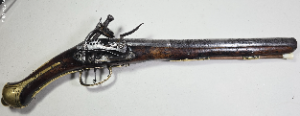
Product ID: 3521
18th Century Caucasian Miquelet Holster..., For Sale
Buy It Now: £995
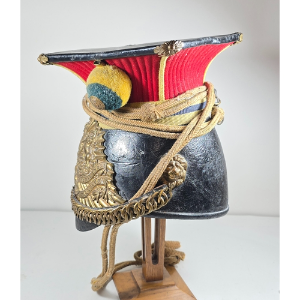
Product ID: 3519
1900 Dated Other Rank Lancers Czapka, For Sale
Buy It Now: £995

Product ID: 3518
Late 19th Century 54" Penny Farthing Wit..., For Sale
Buy It Now: £3500

Product ID: 3517
Late 19th Century Continental Hand Paint..., For Sale
Buy It Now: £330
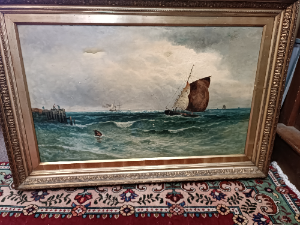
Product ID: 3516
A 19th Century Large Oil Painting, " Sea..., For Sale
Buy It Now: £600
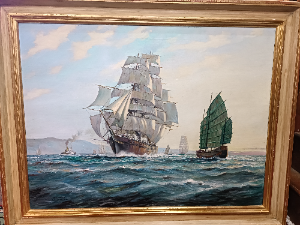
Product ID: 3515
"Out From Foochow" By Roland Davies, Sig..., For Sale
Buy It Now: £1000
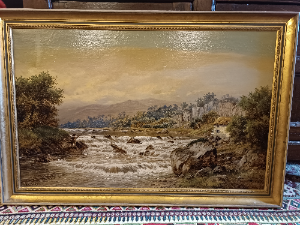
Product ID: 3514
Fishing On The River By William Henry Ma..., For Sale
Buy It Now: £850
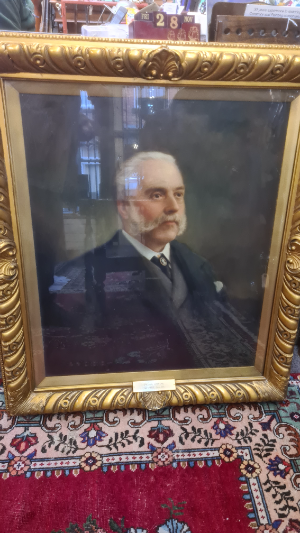
Product ID: 3513
Portrait Of Walter Holland, Director Of..., For Sale
Buy It Now: £1200
